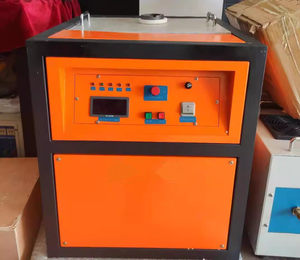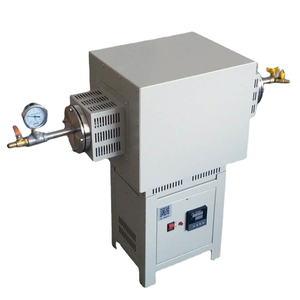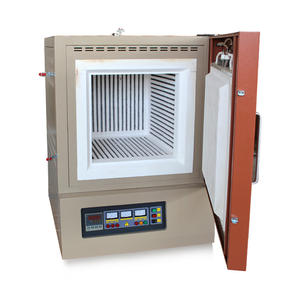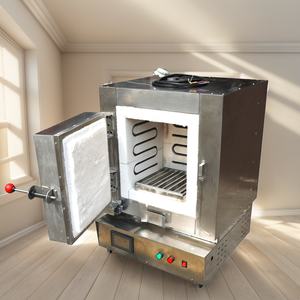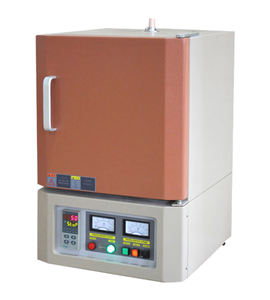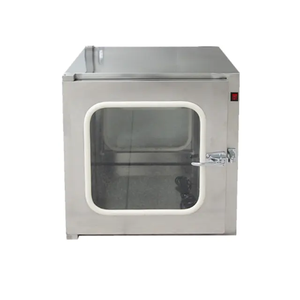Artisan Furnaces - Quality Craftsmanship Tools for Global Artists
The Fiery Giant: How Blast Furnaces Turn Rock Into Metal
(what is a blast furnace)
Picture a giant metal beast, roaring day and night, devouring rocks and spitting out molten metal. This is the blast furnace—a machine that’s been shaping human progress for centuries. Let’s break down how this fiery marvel works, why it matters, and what happens inside its steel belly.
A blast furnace is basically a giant oven. Its job is to extract iron from raw ore. Think of iron ore as a rocky package containing iron and oxygen. The furnace’s role is to split them apart. To do this, it needs three things: iron ore, coke (a type of coal fuel), and limestone. These ingredients get dumped into the top of the furnace. Then, hot air gets blasted in from the bottom. The result? Liquid iron that’s ready to become everything from skyscrapers to spoons.
Let’s start with the structure. A blast furnace is a towering steel cylinder, often as tall as a 15-story building. The inside is lined with heat-resistant bricks to handle temperatures over 2,000°C. At the top, a rotating chute feeds raw materials into the furnace. Near the bottom, pipes called tuyeres shoot superheated air into the mix. This air isn’t just hot—it’s pumped in with enough force to make the furnace contents churn like a volcano.
Now, the process. First, workers layer iron ore, coke, and limestone into the furnace. The coke burns, creating carbon monoxide gas. This gas is the key player. It reacts with the iron ore, stealing oxygen atoms and leaving behind liquid iron. The limestone acts like a cleaner, grabbing impurities to form slag—a waste material that floats on top of the molten iron.
As the ingredients cook, everything melts. The liquid iron sinks to the bottom of the furnace. Every few hours, workers tap the furnace. First, they open a hole to drain the slag. Then, they open another hole to release the iron. When the iron flows out, it’s bright orange and blindingly hot. It gets channeled into molds or sent straight to steel mills.
Blast furnaces aren’t new. They’ve been around since the 15th century. Early versions were simple stone stacks with hand-operated bellows. Over time, they grew bigger and smarter. The Industrial Revolution turned them into giants. Today’s furnaces are automated, computer-controlled, and insanely efficient. But the basic idea hasn’t changed: use heat, chemistry, and gravity to unlock metal from rock.
Why do we still use these ancient-looking towers? Because they work. A single modern blast furnace can produce 10,000 tons of iron per day. That’s enough to make 600 cars or 20,000 refrigerators. Without blast furnaces, we’d lack the raw material for bridges, railways, engines, and countless everyday objects. Even in the age of recycling, fresh iron is still in demand.
Running a blast furnace isn’t easy. It’s a 24/7 operation. Once lit, the furnace stays running for years—stopping it would cause the interior to cool and crack. Workers monitor temperatures, gas levels, and material flows constantly. Safety is critical. One mistake could mean leaks, explosions, or deadly gas releases.
The environmental impact is big, too. Blast furnaces guzzle coal and spew carbon dioxide. Companies are working on fixes, like capturing CO2 or using hydrogen instead of coke. But for now, these furnaces remain a major part of global industry.
(what is a blast furnace)
Next time you see a steel beam or a cast-iron skillet, remember the blast furnace. It’s a machine that combines fire, chemistry, and engineering on a epic scale. It turns humble rocks into the bones of modern life. And while it’s not perfect, humanity hasn’t found a better way to make iron in such huge amounts. From medieval sword-makers to today’s skyscraper builders, the blast furnace has been—and still is—a cornerstone of how we build our world.

